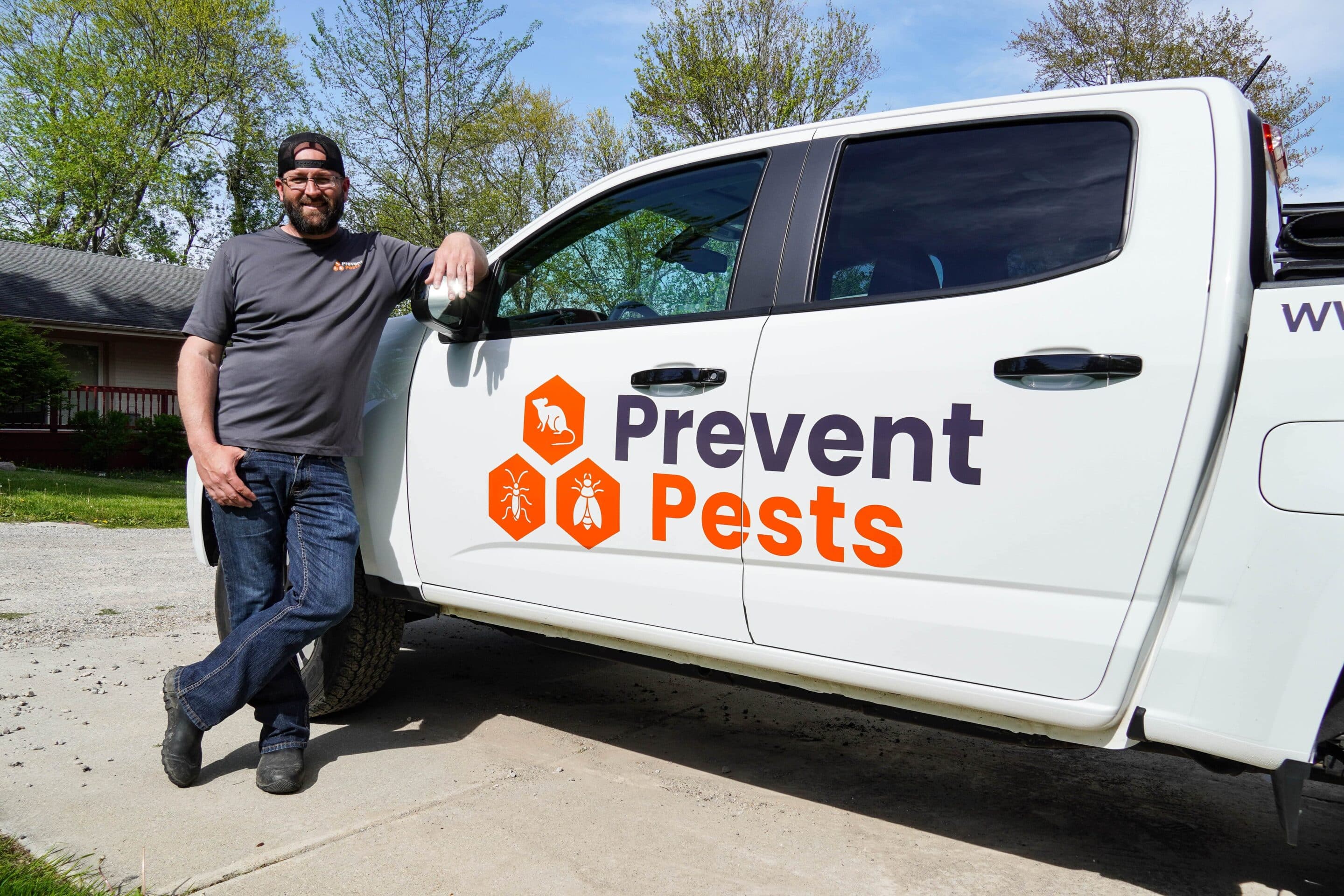Ticks are more than a minor nuisance. These tiny, blood-feeding parasites can pose significant health risks to both humans and animals. Often found in grassy or wooded areas, ticks attach to hosts to feed, potentially transmitting dangerous diseases in the process. As their populations continue to grow and spread, the risk of tick encounters is increasing in both rural and suburban environments.
Many people underestimate how easily ticks can enter the home. Pets, clothing, and even outdoor furniture can bring them inside. Once established, they can be difficult to detect and remove. This article outlines the hidden risks ticks pose, where they tend to hide, and what proactive steps you can take to protect your family and pets from long-term harm.

Understanding the Health Risks of Ticks
Ticks are known carriers of multiple pathogens. These pathogens can cause serious illnesses in both people and pets, often with symptoms that take days or weeks to develop. One of the most common and dangerous tick-borne diseases is Lyme disease, which can affect joints, the nervous system, and the heart if not treated early.
Other illnesses transmitted by ticks include:
- Rocky Mountain spotted fever: A potentially life-threatening infection marked by fever, rash, and muscle aches.
- Anaplasmosis and Ehrlichiosis: Bacterial infections that can lead to flu-like symptoms and, in severe cases, organ damage.
- Babesiosis: A malaria-like disease that attacks red blood cells, particularly dangerous for those with weakened immune systems.
Pets are also at risk. Dogs, in particular, can suffer from tick-borne illnesses such as canine ehrlichiosis and Lyme disease, which may cause lethargy, joint pain, and appetite loss. Because early symptoms are often subtle, many cases go unnoticed until the condition becomes more serious.
If you’re unsure what to do after a bite, this helpful guide on everything about tick bites explains immediate steps and when to seek medical attention.
Where Ticks Lurk Around Your Home
Ticks are most active in warm months but can pose a threat year-round in some climates. They tend to favor shaded, humid environments and wait patiently for a host to pass by. Homeowners may not realize how many areas around the property offer the ideal conditions for ticks to thrive.
- Tall grass and brush: Common hiding places for ticks waiting to attach to animals or humans.
- Leaf piles and yard debris: Moist areas underneath offer the perfect environment for breeding and resting.
- Under decks and porches: Shaded, less trafficked areas that offer cover from the sun.
- Wooded property edges: Transition zones between forest and lawn are prime spots for tick activity.
- Pet bedding and outdoor shelters: If pets spend time outside, ticks may attach and then drop off in resting areas.
Maintaining outdoor areas through regular mowing, debris removal, and barrier treatments can significantly reduce tick habitats.
How to Protect Pets from Tick Exposure
Pets are the most common way ticks enter the home. They often explore grassy areas, lie down in shady corners, or brush up against plants where ticks may be waiting. Without protection, pets can carry ticks inside, exposing both themselves and your family to potential infections.
To minimize your pets’ exposure to ticks:
- Use vet-approved tick preventatives: Topical treatments, collars, or oral medications help repel or kill ticks before they can latch on.
- Check pets after outdoor play: Focus on ears, between toes, neck folds, and belly. These areas are where ticks like to hide.
- Keep pet areas clean: Regularly wash bedding, clean crates, and vacuum areas where pets spend time indoors.
- Avoid letting pets roam freely: Leash walks and fenced yards help control where your pets travel.
- Groom pets regularly: Brushing helps remove any ticks before they have time to attach and feed.
Tick prevention for pets is a vital part of an overall pest control plan, especially during the warmer months.
Signs That Tick Problems Are Growing
Tick infestations are often difficult to detect at first, especially since ticks are small and quiet. However, there are subtle signs that could indicate a growing problem around your property or within your home.
- Increased tick sightings on pets or clothing
- Multiple bites on family members after time outdoors
- Frequent scratching or skin irritation in pets
- Dead ticks found near windows or doorways
- Activity in shaded areas with dense vegetation
Even if you’re only seeing occasional signs, it may be worth considering a more in-depth look. Ticks multiply quickly and can become a recurring issue without targeted prevention. For more on why this issue may be more serious than it appears, see this article on why ticks are a problem.
A Smarter Approach to Long-Term Tick Prevention
While basic yard maintenance and pet care can reduce your exposure to ticks, these pests are persistent. They can return season after season unless their breeding and nesting conditions are fully addressed. The safest and most effective approach is a comprehensive treatment strategy that targets ticks where they live and reproduce.
Professional pest management teams have access to targeted solutions that minimize environmental impact while delivering reliable results. They can assess your property, identify specific risk zones, and recommend the best course of action based on your household needs. These services also tend to include monitoring plans that help ensure long-term control without excessive pesticide use.
By working with a trusted provider, you can maintain a tick-free home and protect your family and pets with minimal disruption to your lifestyle.
If you’re concerned about tick activity around your home or want to protect your family and pets more effectively, schedule a professional inspection with Prevent Pests and take the first step toward a safer, pest-free environment.

